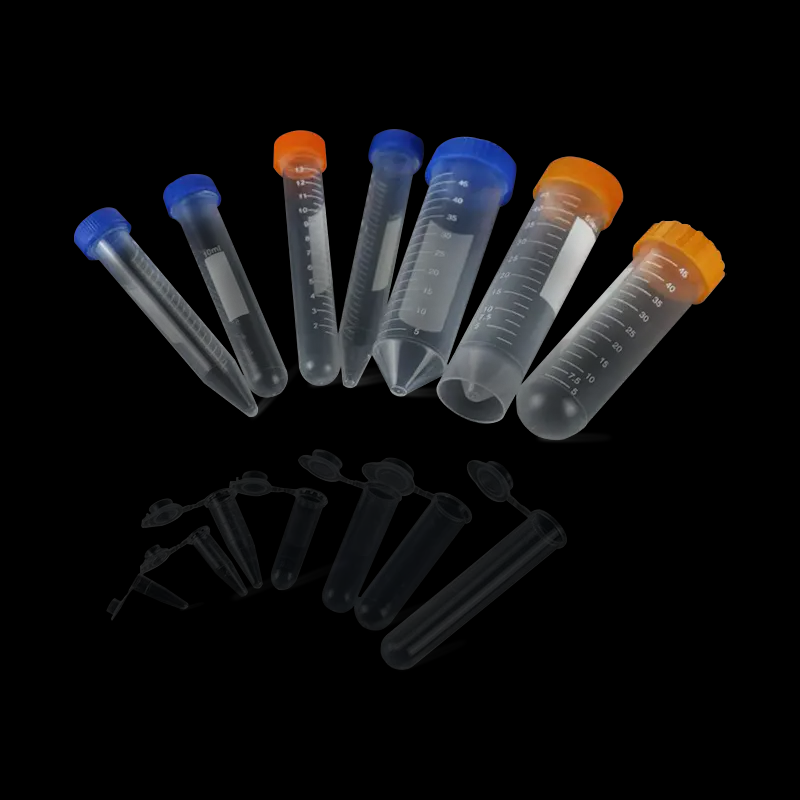The choice between using screw caps or snap caps on Plastic Centrifuge Tubes can have several implications for the functionality, ease of use, and overall performance of the tubes. Here are some effects and considerations associated with each type of cap:
Screw Caps:
Secure Sealing:
Screw caps typically provide a secure and tight seal when properly closed. This feature is crucial for preventing sample leakage, contamination, and maintaining sample integrity, especially during high-speed centrifugation.
Adjustable Tightness:
The threaded design of screw caps allows users to control the tightness of the seal. This adjustability is advantageous for accommodating different sample types and ensuring a customized and reliable closure.
Reusable:
Screw caps are often reusable, allowing users to open and reclose the tubes multiple times without compromising the sealing integrity. This can be beneficial for applications that require intermittent access to the sample.
Aerosol-Tight Options:
Some screw caps are designed to be aerosol-tight, minimizing the release of aerosols during centrifugation and enhancing safety in the laboratory environment.
O-Ring or Gasket:
Many screw caps incorporate O-rings or gaskets to enhance the sealing properties. This additional sealing element contributes to the prevention of evaporation and contamination.
Snap Caps:
Convenience and Speed:
Snap caps are often more convenient and faster to use than screw caps. They can be quickly opened or closed with a simple snap-on or snap-off motion, making them suitable for high-throughput applications.
Single-Use or Limited Reusability:
Snap caps are generally designed for single-use or limited reusability. While they offer convenience, the sealing mechanism may degrade with repeated use, potentially compromising the integrity of the seal.
Reduced Adjustability:
Snap caps may offer less adjustability in terms of the tightness of the seal compared to screw caps. This can be a consideration when working with different sample types that require specific sealing conditions.
Visual Confirmation:
Snap caps often provide visual confirmation of closure. Users can easily observe whether the cap is securely snapped into place, reducing the risk of incomplete sealing.
Ease of Handling:
The snap-on design of these caps can be advantageous in situations where quick and efficient handling is important, especially in automated systems or high-throughput environments.
The choice between screw caps and snap caps depends on the specific needs of the laboratory or application. Researchers should consider factors such as the need for adjustable tightness, reusability, convenience, and the type of centrifugation procedures involved. Both types of caps can effectively seal Plastic Centrifuge Tubes, and the selection depends on the balance of these factors that align with the experimental requirements and workflow preferences.
